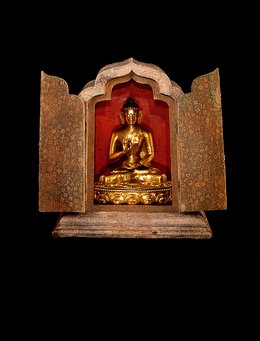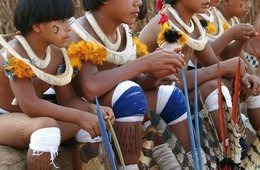text1
Pettrich studied with his father, Franz Pettrich, at the Dresden Art Academy as well as with Bertel Thorvaldsen in Rome. In 1835, he went to Washington in the US for eight years. There, treaties between the native tribes and the US government concerning the future land-use were negotiated. While the young American nation was aiming at territorial expansion, native tribes fought for their physical and cultural survival. In this setting, the artist created his portraits: four low reliefs, four life-size statues, 16 busts and nine bozzetti from plaster painted in a terracotta tone. After his return to Europe in 1858, he presented this important workgroup as a gift to pope Pius IX.
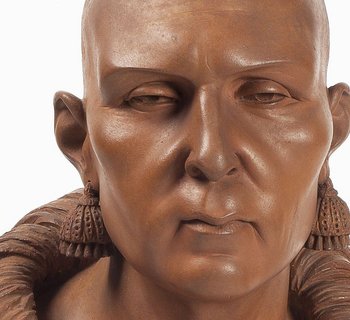
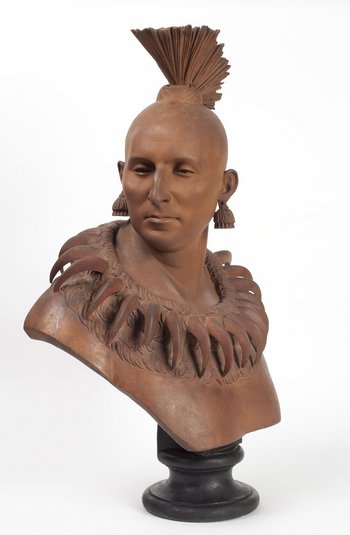
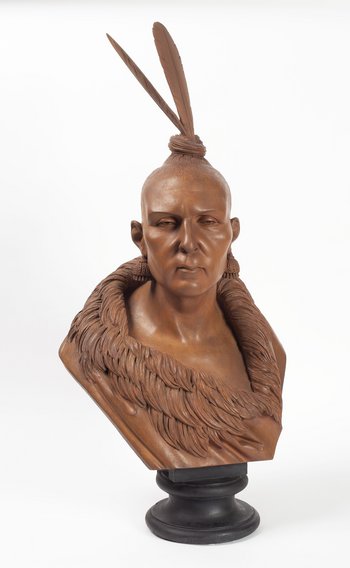

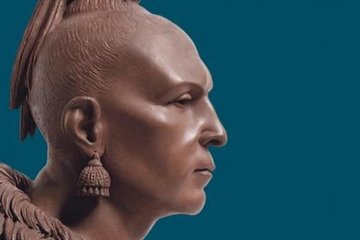

![[Translate to English:] Damaskuszimmer reich verzierte Holztür mit Fenster](/fileadmin/_processed_/e/8/csm_museumvoelerkundedresden-damaskuszimmer-ausstellungsteaser_portal_bafc63a688.jpg)
